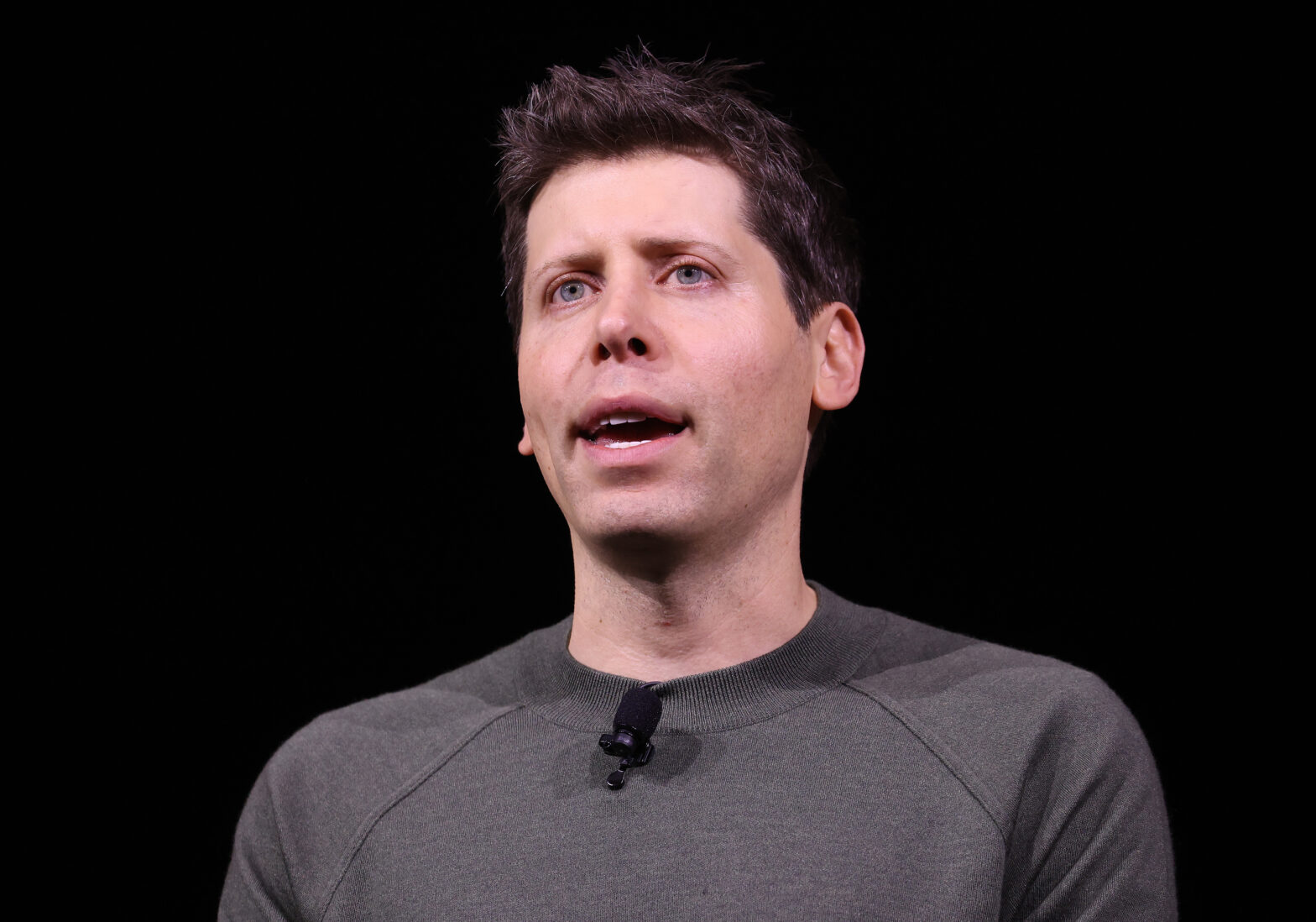Central government offices often struggle with their reputation in terms of speed and efficiency. When citizens typically contact these offices, it’s to complete a task and they’ve come to expect that it will take a few phone calls, hours on hold and a range of forms to get the job done.
There has been some progress made in how the government is transforming services to become more digital and easily accessible to citizens. For example, the GDS advisory board was created at the end of last year to support the smooth and timely roll-out of digital projects. This includes bringing the 2021 National Census online and making 90% of passport applications digital by the end of 2020.
>See also: The digital transformation of the UK public sector
However, there is definitely still room to enhance how the public sector interacts with citizens – something that most of the population want. A recent survey revealed that 83% of UK citizens would like more access to public services via digital channels; and the further development of digital services is considered a priority for nearly three quarters of citizens.
What would the private sector do?
If central government organisations are to truly change how they engage with citizens, they will need to adopt a much more commercially savvy mindset, and start thinking more like innovative commercial enterprises.
The biggest lesson the public sector can learn from private is the importance of customer satisfaction in driving loyalty. For instance, if a supermarket is constantly making deliveries late or is always out of your favourite cereal, then you’ll probably take your business elsewhere or, in the worst case, complain to friends and on social media. However, if the shop is delighting you with personalised offers and great service you will likely remain a loyal customer and encourage your family and friends to do the same.
As the public sector doesn’t have competitors in the same way as the private sector, the implications of citizen dissatisfaction are, of course, different – but the need to build loyalty remains the same. If citizens are consistently disappointed and frustrated by their interactions with government, they will hesitate to engage all together and the support for the government will wane.
Going back to supermarket example, it is the flexibility, personalisation and efficiency that the public sector should mirror in order to get the same type of engagement and customer satisfaction. These days, you don’t even have to step foot in a shop anymore to buy your groceries – you can choose how and when you do your shopping: app or online; daily or weekly.
>See also: Digital transformation in the public sector
Even further, once you select your items, you’re presented with tailored offers and services because the business is learning about your preferences and tastes. The experience is easy, efficient and convenient – and that’s what keeps customers coming back.
Central government departments must strive to deliver a similarly easy and efficient experience for their ‘customers’ and ensure citizens can easily interact with public sector bodies when and how they prefer to. By giving citizens the options and flexibility to engage in the way that they want, that engagement will grow.
Digital in action
There have been numerous positive strides within public sector organisations to move away from the more traditional ways of working. In fact, Salesforce are working with many government organisations to help them use technology to deliver the digital, easily accessible services that citizens want.
The DVLA (Driver Vehicle and Licensing Agency) handles 1.1 million contacts from customers every month. This was a problem during peak times, when 1 in every 5 customers were struggling to get through to a call centre advisor. The underlying issue was that customer advisors had to switch between multiple systems and screens to answer queries, which heavily impacted their efficiency and customer response times.
It was very evident that the DVLA needed to undertake a digital overhaul on a massive scale in an effort to modernise their contact centres, and improve response times for millions of drivers and vehicle owners across Britain. Having now moved to a cloud-based system, DVLA advisors use a single platform to answer queries via the telephone, email, web chat, and social media.
>See also: What businesses can teach the public sector about digital services
As well as giving customers greater choice around how and when they contact the DVLA, it also allows them to move seamlessly across their contact channels. Now, when advisors start a chat, they already have the customer’s information to hand.
Adopting this model has reduced the average handling time for telephone calls by over 10 seconds on certain key services, which has had a massive impact on the overall resourcing of the contact centre.
The project delivered another surprising benefit for the DVLA. In addition to improved service delivery, these tools helped increase employee engagement. In fact, the DVLA now has the highest rate of employee engagement across central agencies in the UK today – and that’s attributed in part to the sense of empowerment they get from better service tools and technology.
Moving towards a digitally-enabled future
As the public sector deepens its understanding and delivery of modern customer engagement, it will in turn make huge strides towards its digitally-enabled future. Citizens want to be able to engage with their government in an easy and efficient way. In today’s digital world this means offering mobile-first, online services, that can work with traditional customer service channels, in a consistent way.
After all, whether they’re buying a pint of milk, renewing their driving license or registering to vote, the customer is always king.
Sourced by Gavin Mee, head of UK and senior vice president, Salesforce








